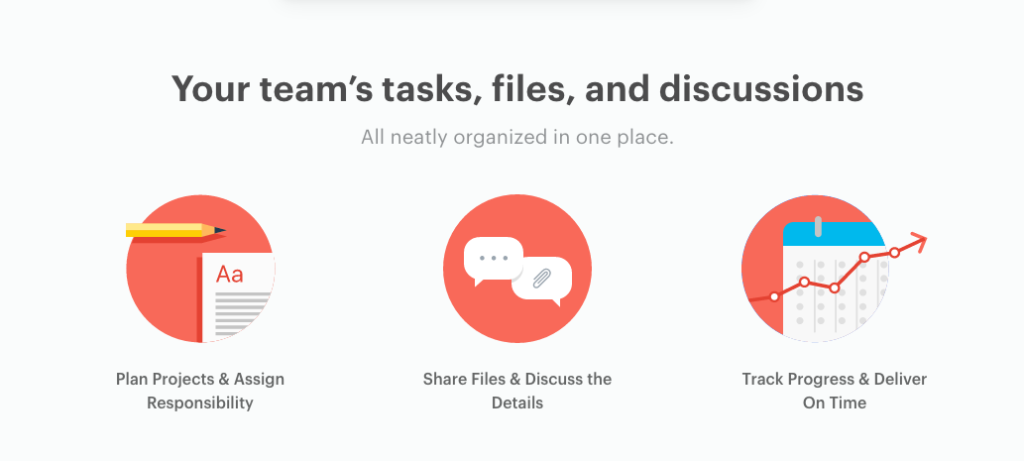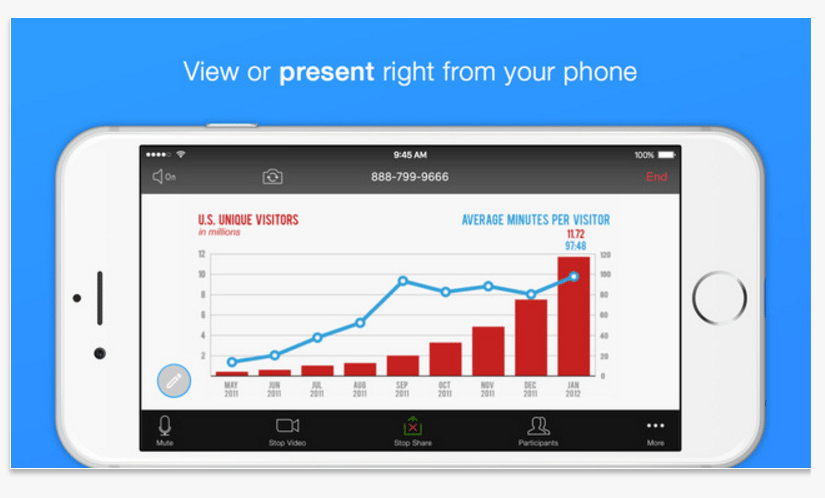6 Top Tools For A Healthy Performance Management ‘Diet’
How many apps do you use every day, both personally and professionally? Are you feeling overSaaSified?
What we consume is important for our well-being, whether that’s a digital diet or an edible one. For physical health it’s important to not only eat well, but also to combine specific foods in the right combination for optimal impact. The same goes for exercise, certain complementary muscle groups should be worked out together on any given day.
Too much technology can have a detrimental impact on our health as well. Unconsciously drifting for hours from one software application to another can negatively impact brain structures and may lead to insomnia, obesity, and emotional apathy. But intentionally using just the right combination of software can help you to become more efficient and dramatically limit your screen-time.
We use countless apps for work, play, exercise, and a host of other reasons. For many, technology at work is non-stop, especially when it comes to communicating with the rest of the team. In the context of performance management, there’s a right way and a wrong way to check-in with employees. For example, using email to manage employee feedback is inefficient and borderline masochistic.
I recommend these 6 tools for employee feedback and performance management. When used in conjunction, you can influence employee progress and team success without experiencing burnout:
1) 15Five
Ok full disclosure… I work here. I’m not going to hard-sell you on using our employee feedback app, but please use something to ask your team questions. I’ll admit that the weekly check-in process is indispensable to me as a reporter and as a reviewer. I feel fully supported by management, and part of a culture that values open communication.
For starters, 15Five offers two specific features that go hand in hand. With these features, employees get to share how they feel and laud the efforts of peers. This meets one of our most basic human needs – to be seen!
First, Pulse Check allows managers to be aware of how employees feel on a scale from 1 to 5. Not only do managers see trends over time, but this question also sets the context for more qualitative feedback that employees will provide elsewhere in the same report.

Second, High Fives allow employees to give their peers kudos for a job well done, either publicly or privately. This feature meets another basic need – being recognized for our work:

2) iappreciate
One of the 5 Languages of Appreciation in the Workplace is words of affirmation. Quite simply, everyone loves to be congratulated for their achievements and appreciated for their contributions. For some of us, hearing affirming words is as fulfilling as an embrace from a loved one or receiving a thoughtful gift.
With iappreciate, managers can take High Fives to the next level. They can easily create an event to highlight a particular achievement in someone’s career, reward specific instances of performance or encourage future efforts:

3) ToDoist
Goals & Accomplishments is another popular and powerful 15Five feature that allows employees to list goals every week, and check off their accomplishments with a satisfying checkmark the following week.
Goals are the major priorities that people have to accomplish each week. Keeping that limited to 3-5 tasks helps people stay focused. ToDoist helps you track all of the steps that, taken together, comprise a major goal. Sometimes our goals depend on the efforts of others, so ToDoist allows colleagues to collaborate, assigning tasks to one another on shared lists:

Users can see their productivity graphed over time so that they can learn and improve. They can even share files, break down multi-phase projects and use templates for upcoming projects.
4) DeskTime
ToDoist allows for self-driven employees to get things done, while DeskTime helps those of us who are easily distracted or procrastinate. If several weeks have gone by and the same goals keep getting pushed back, it may be time to analyze your productivity.
Desktime is a data-rich application that helps you understand how much time you’re spending at your computer. It divides this up by projects and by unproductive behaviors (like watching cat videos all day):

Team-wide or top-down visibility helps with accountability, and administrators get a bird’s eye view of which employees are absent, late, or slacking. This is especially helpful for remote employees. I’m somewhat averse to apps like this because it feels a bit like spying. The danger there is that it creates a deficit of trust, which can cause other problems besides a lack of productivity. Like any tool, use this one intentionally and monitor the impact that it’s having on the team.
5) Zoom
By now you’ve established a weekly cadence of communication. People are productive, meeting their goals, and getting the recognition that they deserve. It’s time to take communication offline. It’s time for a one-on-one meeting. One-on-one meetings are one of the most important devices in your management tool-kit. They are a must-have, and I explain why in this blog post. There’s even a slideshare for you visual learners.
One of the biggest barriers to having regular one-on-ones is scheduling, whether you’re a remote team or a standard one. Zoom allows you to have some much needed virtual facetime with direct reports. They even have a feature-rich mobile app for the manager or employee who’s always on the move:

6) Slack
I want to take this opportunity to profess my love for Slack. Internal email usage (the bane of my existence) has plummeted since we began using it as a team. You can share documents, links populate with a preview, and you can use rich text and emojis so nothing gets lost in translation.
We also integrated with Slack via their simple to use API. We have a dedicated slack channel, so that when employees submit a 15Five or give/receive High-Fives, that information is automatically sent to the appropriate Slack channel via API. All employees can now easily and quickly read accolades about themselves or others on the team.
Everyone has their particular grouping of technologies that can help them to achieve what matters most for their roles. Technology doesn’t have to be burdensome or overwhelming, and with a little intention you can limit your usage to a constellation of best of class apps. Then delete everything else.

David is not a fan of the terms “thought leadership” or “content marketing”, but he’ll keep using them…for now. Follow him on twitter @davidmizne.




